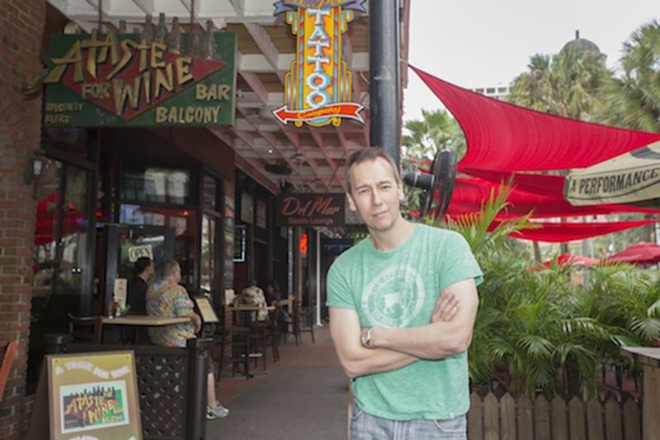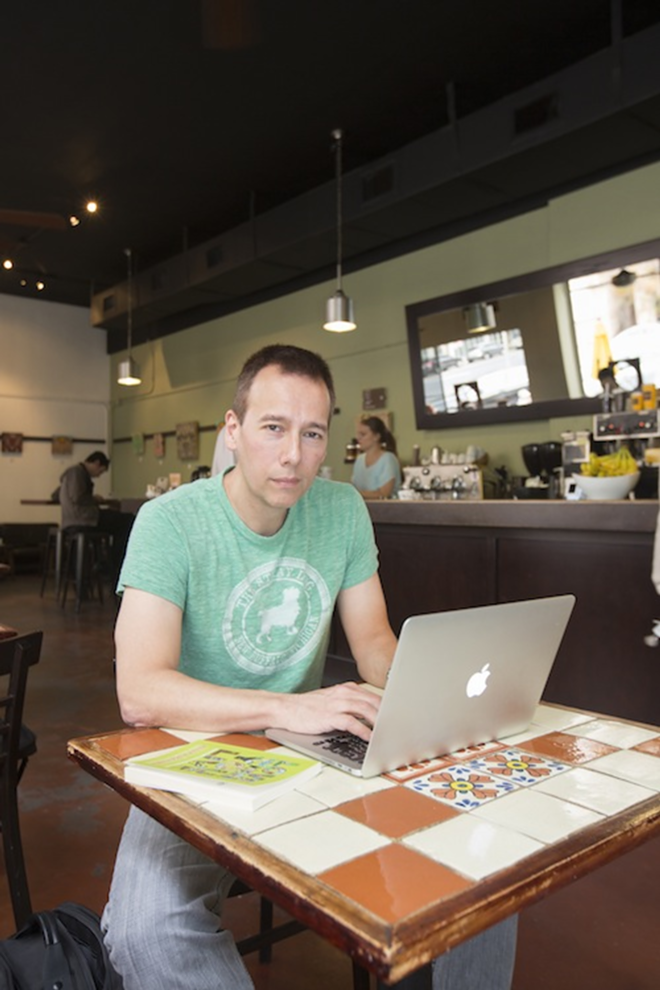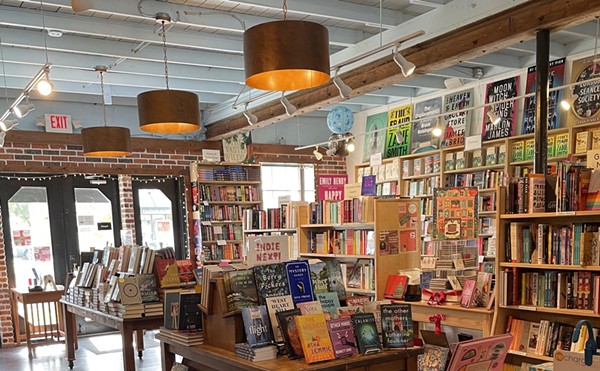The concept of a passionate relationship with your neighborhood or city is powerful, and Peter Kageyama’s new book on this subject rocks. He has taken the premise of his previous work, For the Love of Cities, and followed it with Love Where You Live: Creating Emotionally Engaging Places, a DIY handbook of tips.
Kageyama is a pied piper of activism, encouraging all of us to be engaged in shaping our communities, to play a role more profound than just paying taxes and obeying the law. He exhorts us, “We are capable of doing extraordinary things to make our neighborhoods and even our entire cities better when we care to do so.”
We should recognize that while government and big business are players, their very size makes them less nimble and creative than individuals. Real sparks of change usually spring from the grassroots, fanned by clever folks who want their cities to be emotionally compelling.
The secrets of success, which Kageyama describes, are small-scale actions that move the emotional temper of a place forward. Swings Tampa Bay was a marvelous example. In 2010, two imaginative young men, Reuben Pressman and Hunter Payne, placed over 250 swings throughout this community (with help from a 10/100/1000 grant, a joint project of Creative Tampa Bay and Creative Loafing). What began as a USF St. Pete environmental design class project sparked joy.
Some of the communities where the swings were placed felt compelled to remove them, but other areas celebrated the spontaneous interactions they triggered. While city bureaucrats could not have initiated the Swings Project, many felt that the positive effects were worth the minimal risk in allowing them to remain in place.
Kageyama speaks of the implicit social contract between an urban area and its citizens, each being respectful of the greater good. I interviewed him at St. Petersburg’s Studio@620, itself an amazing example of local initiative.
He spoke about the Book Box located in front of the Studio — a free mini-library where anyone can take a book or bring one — as an agreement. “We concur that having this book exchange is a good thing, with everyone buying into the social compact.”
In the same way, citizens and city leaders can come together, the former by trying not to be too wild in their initiatives and the latter by being willing to allow creativity.
“Surprise and delight go a long way toward making cities memorable and lovable,” Peter opines. His examples are both practical and endearing, such as the “Mice on Main” in Greenville, South Carolina. Small but charming bronze sculptures of mice grace downtown street corners, each with an “M” as the first letter of their names. These nine tiny creatures collectively cost less than $2,000, yet their popularity sparked a rash of pride and tourism.
Authenticity is key to a community’s emotional engagement. As cool as Austin and New Orleans are, if we try to copy their charms, we’ll always be a one-off version. Better a true, if funky, self. So Tampa’s pirates and St. Pete’s waterfront are the real deal.
Small businesses, too, are more compelling if they’re local and idiosyncratic, from The Chattaway and Banyan Cafe in St. Pete to Bern’s and the Columbia in Tampa. The excitement at the potential resurrection of Goody Goody, a beloved hamburger joint, speaks to this hunger for local places.
As the popularity of Haslam’s and Inkwood Books demonstrates, local indie bookstores aren’t just retailers — they’re centers for the exchange of ideas in the community. Coffeehouses, too, create a spot of warmth in a neighborhood. Their influence goes beyond dollars and cents to the heart of an area.
That’s ultimately Kageyama’s premise. We fall in love for non-rational reasons, and great love inspires great loyalty — hence the need for cities to win our hearts.
While I have to admit that the coy drawings and terms of loving endearment in Love Where You Live are a little treacly for my taste, I thoroughly enjoyed its premise and the examples Kageyama has provided. This how-to manual is like the kama sutra for urban advocates, describing the pulse points for civic pleasure.
Read and be seduced.
Love Where You Live Book Launch: Fri., Jan. 30, 5-7 p.m., Salvador Dali Museum, St. Petersburg, sponsored by AARP Florida as part of a statewide initiative to build better communities. Doors open at 5, remarks at 5:30 followed by book signing.


















